Myth Busting the “Facts” About Medieval People
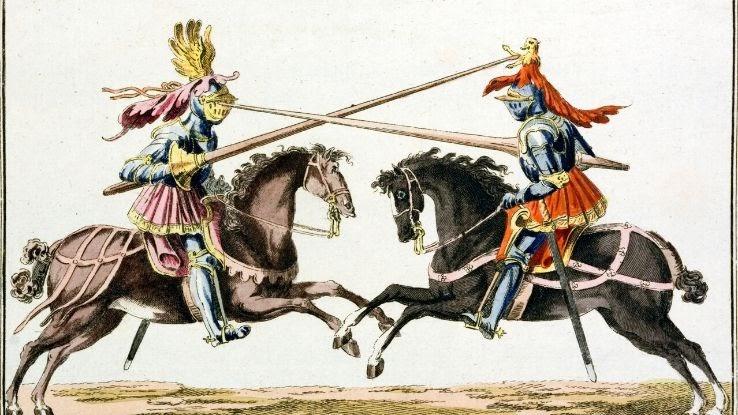
Most of our ideas about what life was like during medieval times have been distorted — or even completely falsified — by movies and TV shows. Producers and entertainment companies have taken a lot of creative freedoms to make stories more dramatic and more entertaining. If you ignore actual historians and rely on Hollywood for details, you can trust that a lot of what you believe to be true isn’t true at all.
From how people dressed and what they ate to the degree of control exerted by the church, many so-called facts about medieval people are nothing more than fiction. Let’s take a look at some common myths that have been busted wide open.
People Only Drank Alcohol
It has often been said that medieval people only drank alcohol because the water was so polluted. The myth implies that to avoid diseases, people stuck to beer and wine, but as fun as that might sound, it simply isn’t true.
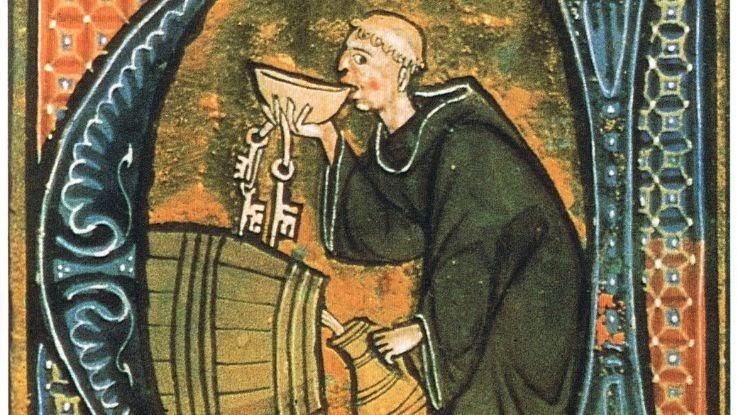
However, it is true that drinking water was primarily a habit of only the low-ranking members of society. As workers often had very strenuous jobs working in fields, they needed water to remain hydrated through the day. Beer and wine were seen as more substantive drinks, but drinking water from a well was fine too.
Bathing Was Unimportant
One popular misconception about those living in medieval times is that they never bathed. The idea stems from the fact that bathrooms weren’t installed in homes yet. Because they had to drag in tubs and fill them with water, it was assumed the average person probably only bathed a few times a year.
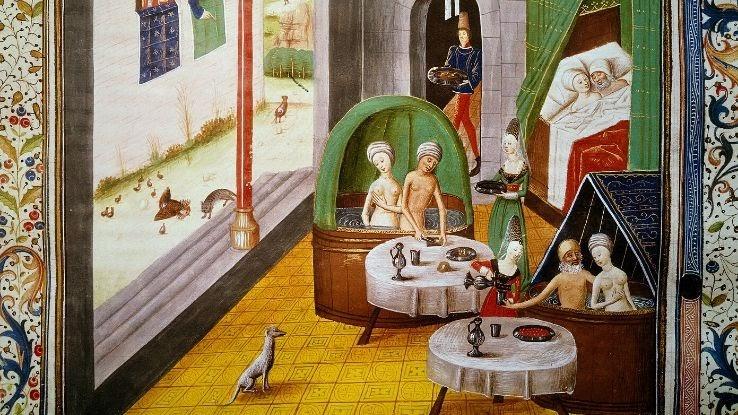
In truth, they cleaned themselves directly in nearby water sources at the end of the day, typically a stream near their homes. This was done fairly regularly, although hygiene probably did vary from one person to the next. Regardless, the people weren’t as unwashed and dirty as portrayed by Hollywood.
Human Waste Was Dumped into the Streets
Some unsavory people during medieval times may have dumped their excrement into the streets, sparking this ugly myth, but it wasn’t a common practice. For starters, people living in rural areas — as most did — had no reason to do this, as there was no shortage of fields or gardens for emptying these pots.
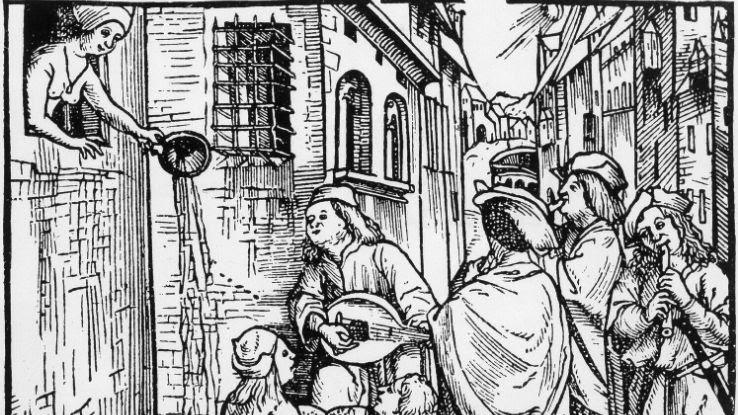
Laws were also enforced during this time about where people could dump their waste. Muckrakers patrolled the streets to literally keep them clean. In some cases, people took their waste to a designated drain or gutter, and it would be washed away by the next rainfall.
Clothing Was Bland
TV shows and movies that take place in medieval times often show people dressed in bland colors such as brown or dirty and tattered clothing with dull coloring. In actuality, the style of clothing at the time included particularly bright colors.
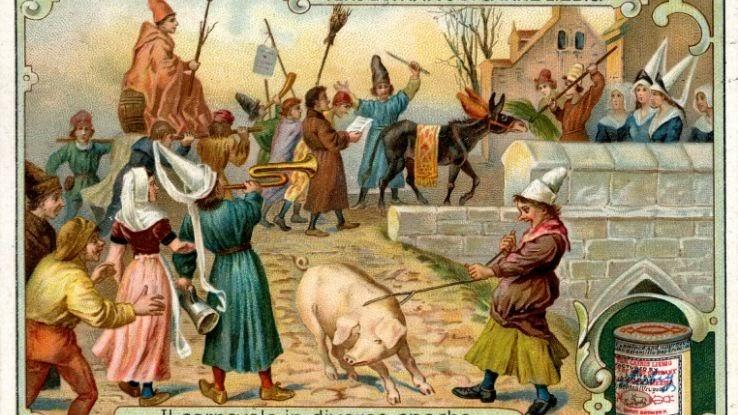
Vibrant colored clothing was seen as something of a status symbol as well, because dyeing the fabrics different colors took more time, effort and money. Purple was viewed as a high-class color — which explains the connection to royalty — and peasants rarely wore it. Green and red were also seen as higher-class clothing colors because they cost more to make.
Table Manners Were Nonexistent
Movies and TV shows have reinforced the idea that medieval feasts involved guests who lacked any manners or etiquette at all. On screen, they often toss bones and food at one another, and mealtime brawls are common. Although some dinner guests during this rather rugged time in history may have behaved this way, it would be wrong to assume this was how everyone dined in the Middle Ages.
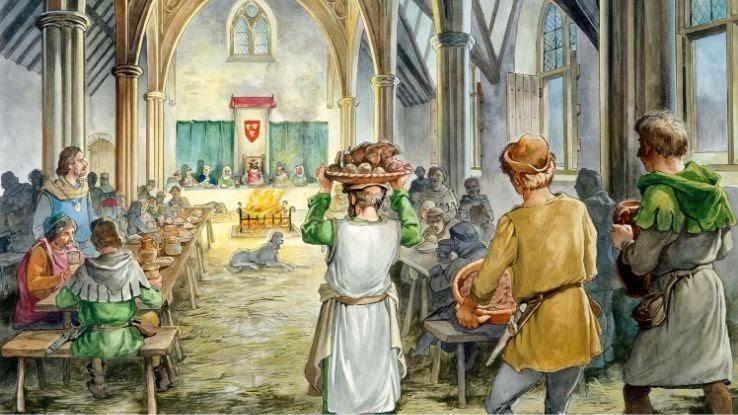
Depending on who you were dining with, different etiquette existed at the dinner table. If you were dining with a lord or nobleman, strict etiquette was required for everyone to avoid offending anyone. The rules were less strict for peasants.
They Slept Like Modern People
People in medieval times didn’t sleep in the same way we sleep today. The general process for modern society is to fall asleep at night and wake up in the morning after 6 to 8 hours of sleep. People in medieval times often woke up in the middle of the night and stayed awake for about an hour or two during a period called “the wake.”
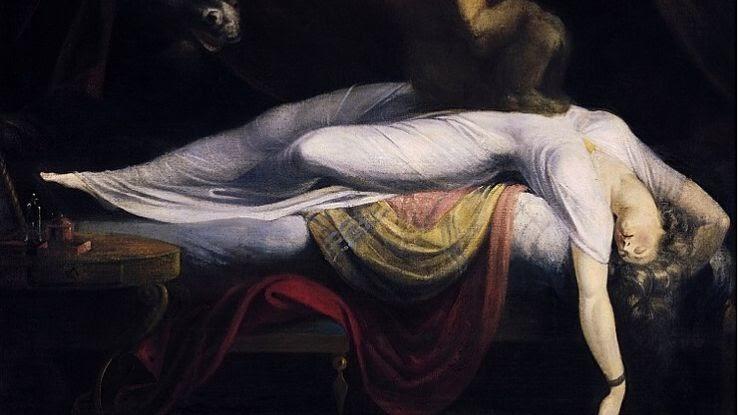
It was common during the time for someone to lie down for their “first sleep” at night, wake sometime after midnight for “the wake” and then go back to sleep for their “second sleep.” This process may have evolved from the greater need for diligence in the middle of the night for safety purposes.
People Never Traveled Outside Their Villages
Peasants were bound to the land they worked for their lords. Each one was given a particular piece of land, and he was expected to manage it well. This led to the belief that peasants never left their homes and traveled outside their own villages. This so-called fact isn’t true at all.
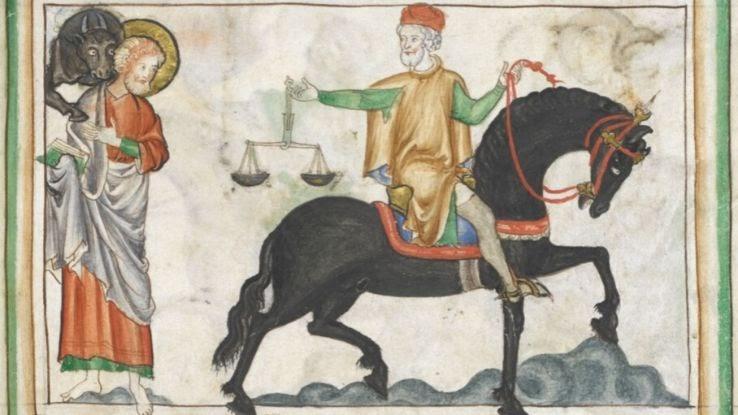
Peasants often traveled from their villages to other nearby towns for trading purposes. They were also known to go on pilgrimages to visit other family members. They probably didn’t travel as much as we do today, but they definitely traveled outside their villages.
Food Was Bland
It’s commonly believed that food during medieval times was bland and flavorless, but that isn’t true. During this period in history, even the poor had access to a wide array of spices they could use to make their food taste better.
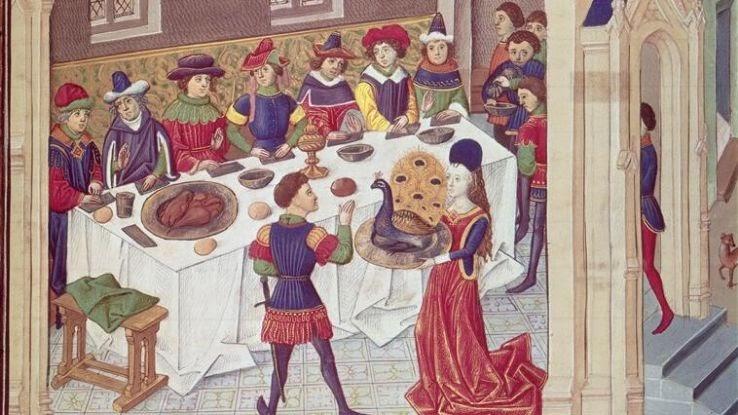
Families grew a range of herbs in their gardens that could be added to foods at no cost to them, other than the diligence required to care for the plants. People in higher social classes dined on five- to seven-course meals, which exceeds the standards of most modern diners. By the 14th century, nearly every village in England was close to a market that sold exotic, delicious foods.
Everyone Believed the Earth Was Flat
People have known the world is round for thousands of years. The belief that those in the Middle Ages thought the world was flat goes back to the Victorian age. People during that time were convinced that the Middle Ages were a time of such barbarism and anti-intellectualism that somehow the knowledge the world was round was lost.
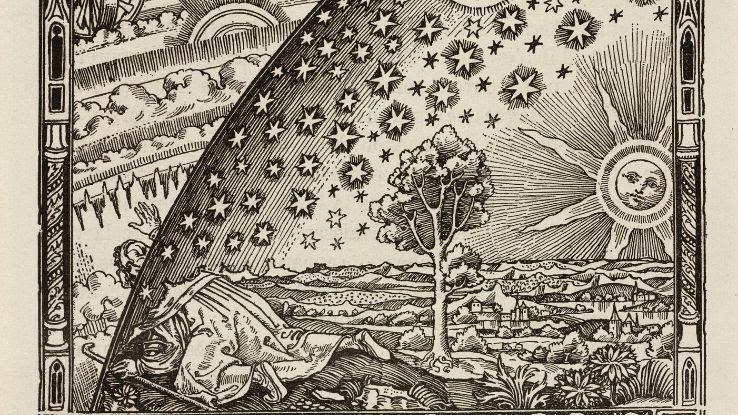
A lot of evidence to the contrary exists, however. It’s true many people were opposed to Christopher Columbus’ maiden voyage, but it was because they thought he had misjudged the size of the world, not because they thought he would fall off the edge of it.
Laws Didn’t Exist
It’s a commonly held misconception that medieval times were a lawless period of anarchy and extremely dangerous people, but that simply isn’t the case. There were laws governing everything from trade to what people from different classes could wear. You could even be fined for doing something simple, like knocking off a person’s hat.
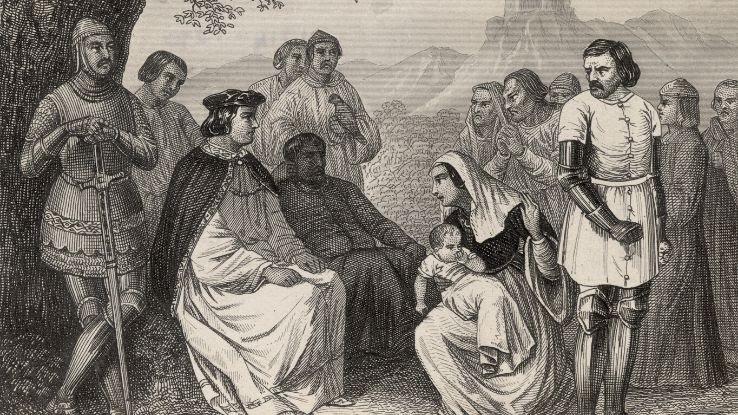
Taxes were very strict during this period as well. Tax collectors could actually enter people’s homes, calculate the value of all their belongings and then determine what they owed in taxes. People also volunteered as night watchmen to help keep the peace and prevent crime.
People Were Ignorant
A common representation depicted by Hollywood movies and TV shows is that people during medieval times weren’t very smart or educated. In fact, the Middle Ages are notable for producing some of the world’s best thinkers and some of the top academic institutions that exist in the world.
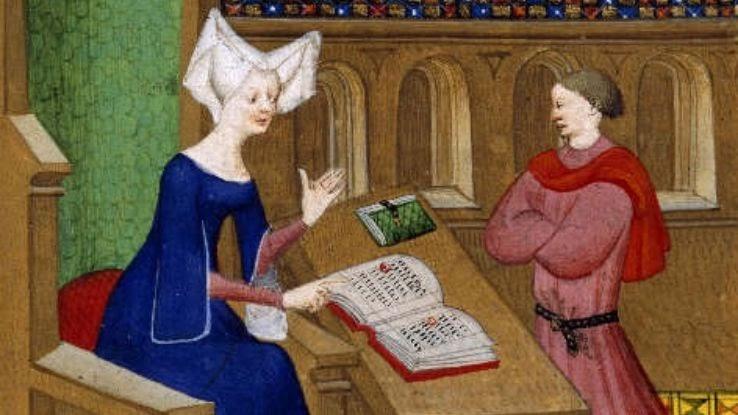
For example, the Italian philosopher, diplomat and poet Niccolo Machiavelli and the poet Dante Alighieri lived during the period. The universities of Oxford and Cambridge were also established during this period. Amazing, right? Contrary to popular belief, scholars and academics played a large role in medieval society.
Period Was Like the Dark Ages
The idea that the period following the fall of the Roman Empire should be known as the Dark Ages largely came from scholars with a heavy bias toward ancient Rome. There is some truth to the idea that certain parts of society regressed during this period. Literacy rates dropped, and innovations like Roman cement — amazing stuff! — were lost.
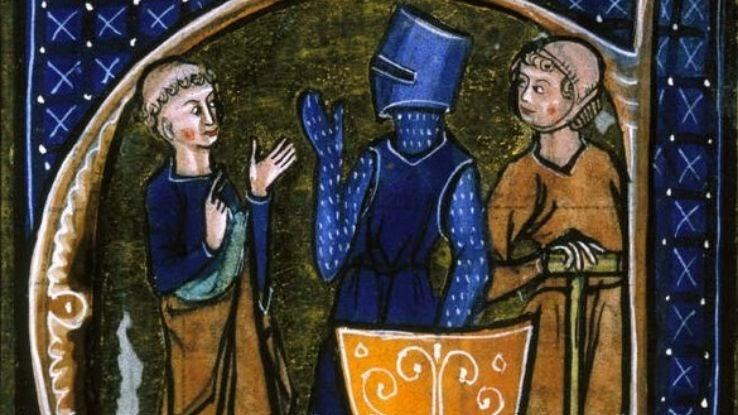
The scholar Petrarch viewed ancient Rome and Greece as the pinnacle of society. He looked down on anything related to the Middle Ages, but modern scholars largely attribute his attitude to that bias. In truth, the Middle Ages produced great art, scholars and many accomplishments.
Earth Was at the Center of the Universe
In addition to the misconception that people in the Middle Ages thought the world was flat, many also think they thought the Earth was the center of the Universe. Copernicus had already proven the Earth wasn’t the center of the universe well before Galileo was punished by the church for expressing his opinions on the matter.
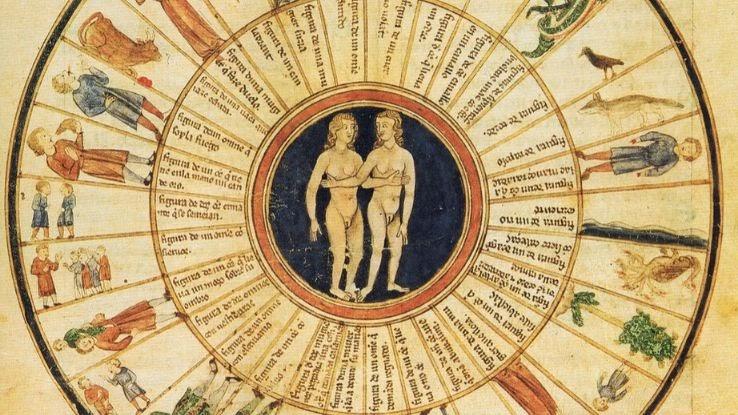
This idea that the people during the Middle Ages still thought the Earth was the center of it all is another example of scholars claiming this time period featured regression of scientific thought and high levels of superstition. Both the regression and the superstition were inflated by those scholars.
Medicine Was Based on Superstition
You have probably heard stories of medieval medical practices that involved attaching leeches to a sick person to suck out tainted blood. Well, that happened, unfortunately, but medicine during the Middle Ages wasn’t based solely on superstition. Practitioners at the time actually referred to the best information about the human body that was available at the time.
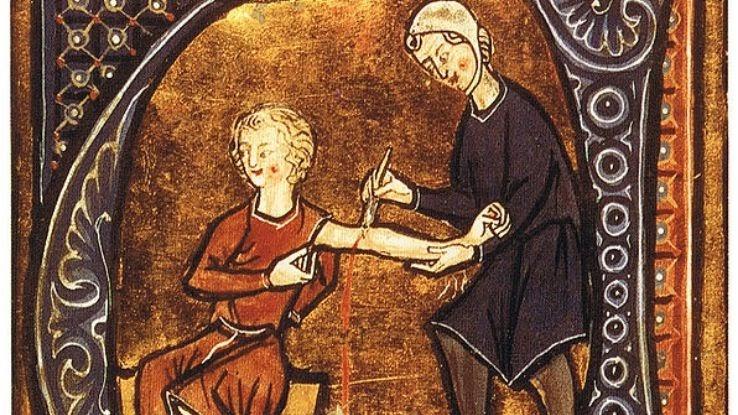
Of course, that information was limited. Medicine during the period was mostly based on practices that originated in ancient Greece. According to these theories, the body was made up of four humors. Study of the human body continued and evolved during this period and helped shape the medicine of today.
People Were Violent
Medieval history is often characterized as a period of immense violence and unspeakable cruelty. In actuality, there is no evidence to support the theory that the Middle Ages were any more or less violent than other eras in human history.
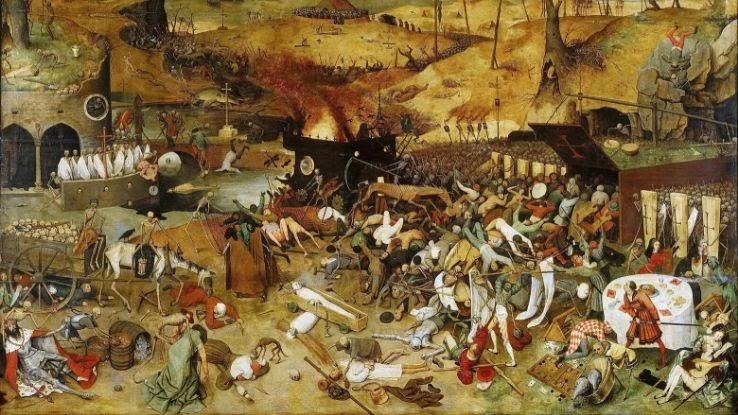
The romanticizing of knights and castles may have conjured up images of a particularly violent medieval time period in the minds of many. TV series and movies often feed that belief by glorifying the aspects of war that existed during this time, leading the average person to assume such warfare was more common than it really was.
Peasant Life Was Harsh and Brutal
Being a peasant during medieval times is often characterized as a tough and brutal existence. While it’s true that peasants were bound to the authority of the lords who owned the lands they lived on, the lives of peasants include time for rest, relaxation and even recreational games.
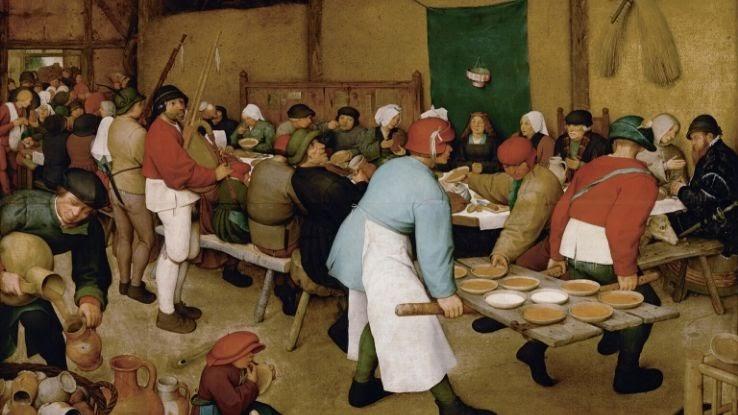
The games of chess and checkers were invented during the Middle Ages, and peasants enjoyed playing them when they weren’t working in the fields or doing other work. While chess tended to be a game more suited to royalty, peasants enjoyed a wide variety of recreational games.
The Roofs Were All Thatched
It’s a commonly held belief that all people during the Middle Ages lived in small dwellings with thatched roofs. These roofs were essentially made of straw, and even castles often had thatched roofs during this time. Today, thatched roofs still exist in some parts of Europe.
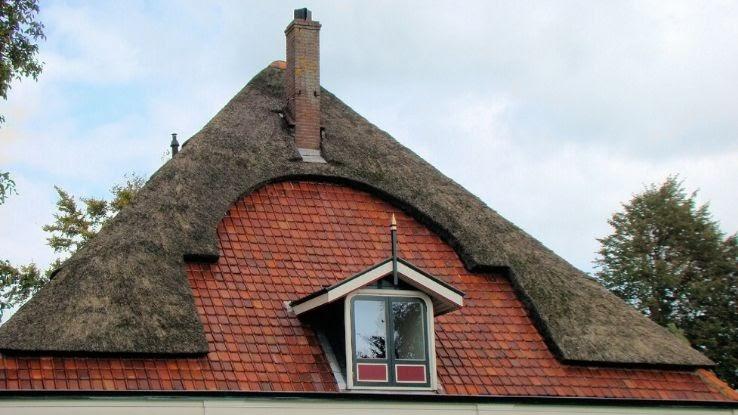
For the time, thatched roofs did an adequate job protecting inhabitants from the worst of the elements, but they were a fire hazard. In the 13th century, a law was passed forbidding the use of thatched roofs to prevent the spread of fires. The law stated new buildings had to use wooden shingles, stone or clay tiles as roofing.
Hunger and Starvation Regularly Killed People
Certainly, there were famines, droughts, food shortages and bouts of starvation during the Middle Ages, but there is no evidence to support the theory that they occurred any more or less often than they do today. Contrary to popular belief, the average person living during this period had enough to eat.
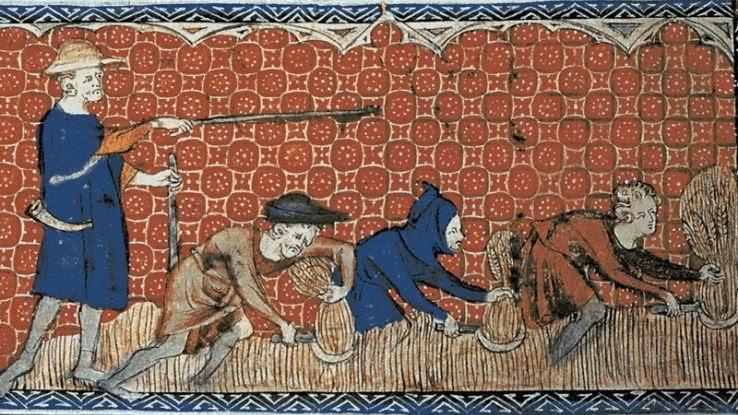
It would have taken something drastic, such as a massive drought, to cause a shortage that kept large numbers of people in a village from eating on a regular basis. That’s not to say that such tragedies didn’t occur occasionally, but they weren’t as common as most people believe.
Chastity Belts Prevented Women from Having Sex
A commonly held misconception about the Middle Ages is that men forced women to wear chastity belts to prevent them from having sex. There is no evidence to support the theory that chastity belts existed before the 15th century, and they were rarely used after that either.
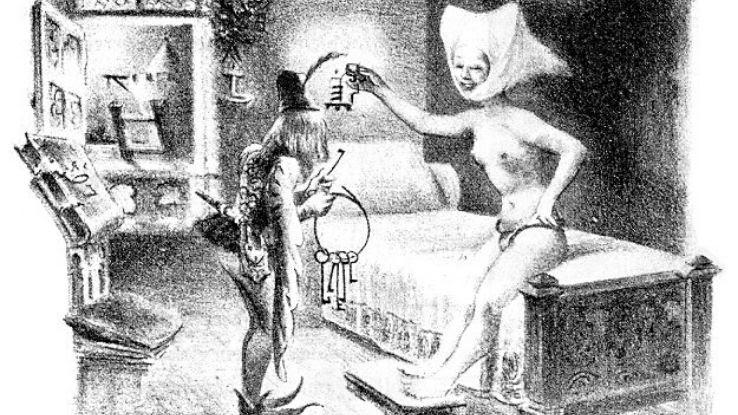
The devices were used in rare circumstances during the Renaissance period, but there is no evidence they even existed during medieval times. The myth about the popularity of chastity belts likely grew in popularity because people find stories involving them to be quite funny.
The Church Controlled All Knowledge
Many people give the church in the Middle Ages more power than it actually held. The truth is the church did not control all knowledge. It actually spearheaded the creation of several academic institutions, such as the previously mentioned Oxford and Cambridge universities. These institutions were designed to study observable facts rather than religious doctrine.

This detail demonstrates a commitment to the pursuit of knowledge that was independent of the church’s teachings. The academic institutions created during the Middle Ages continue to add to our culture’s depth of knowledge even today.
Knights Were Always Chivalrous and Valiant
Movies and TV shows that depict the Middle Ages often portray knights as chivalrous and valiant. They are portrayed as always doing the right thing, rescuing princesses and watching over the innocent.
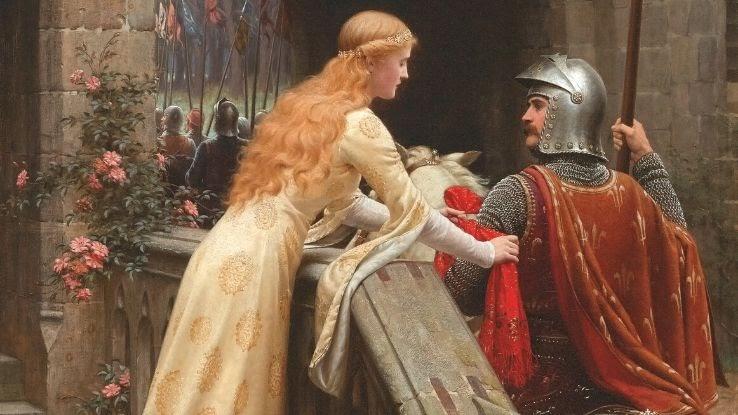
While it’s probably true there were some good knights who did this instinctively, they were considered so not chivalrous and so not valiant at one point that laws regarding their conduct had to be created and enforced. In the 13th century, detailed laws dictated what knights were required to do and what they could not do to keep them from abusing their power.
People Only Lived to Their Mid-30s
On average, people only lived until their mid-30s during this period, but that number is misleading. The average lifespan calculation in the Middle Ages was heavily impacted by high infant mortality rates that dramatically brought the overall average lifespan way down.
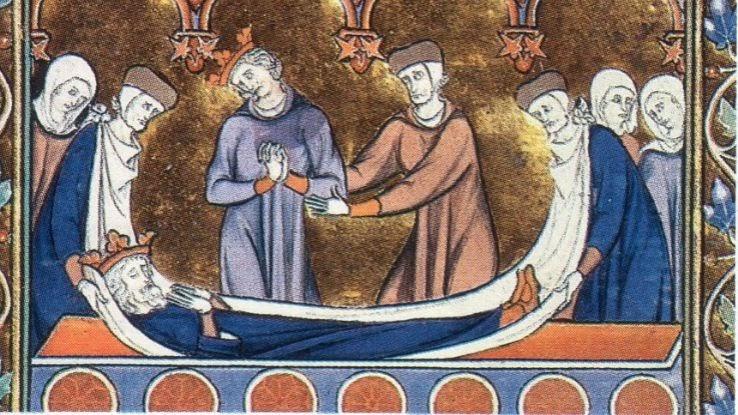
In truth, it’s believed that if a person lived to see their 20th birthday, they would likely live to see their 50th. Human bodies weren’t so unhealthy during this time that they expired at a faster rate. Rather, medical knowledge simply wasn’t advanced enough to improve infant mortality rates for quite some time.
Vikings Wore Horned Helmets
Many movie fans naturally believe that when the Vikings invaded medieval castles and villages to plunder during the Middle Ages, they wore horned helmets as they did so. Not only is this a misconception, but it’s a myth that’s not even rooted in a tiny bit of truth.
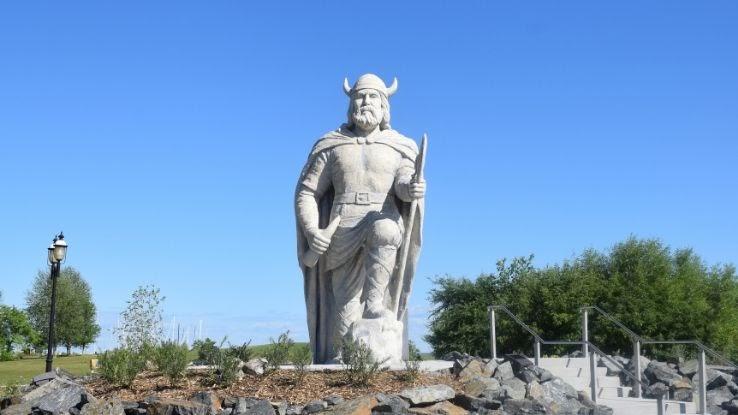
The idea that Vikings wore horned helmets was first introduced by the costume designer Carl Emil Doepler in the 19th century, who made horned helmets for a performance of a Norse saga play titled Der Ring des Nibelungen. The look obviously caught on as a popular depiction of Vikings.
Lords Could Sleep with Any Peasant
The term jus primae noctis refers to a mythical law during the Middle Ages that supposedly stated any nobleman had the right to deflower a virgin bride on her wedding night before her newlywed husband. Some people believe this practice was common during the Middle Ages.
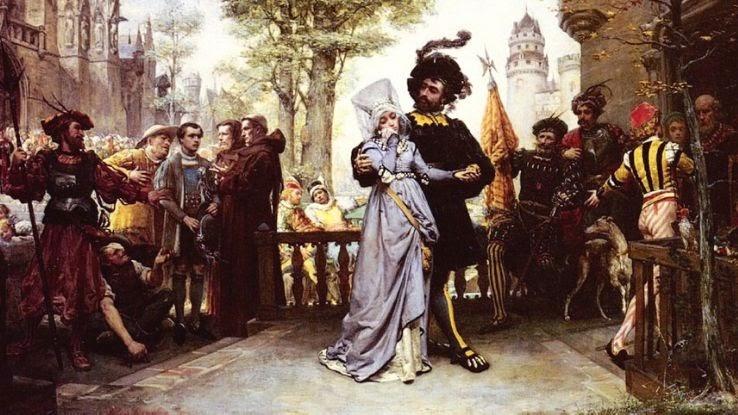
However, there is no evidence to support the theory that such a law ever existed at all during any time period. The first mention of this so-called law occurred in the tale “Epic of Gilgamesh,” but it does not appear to have actually taken place outside of works of fiction.
Torture Was Common
It goes without saying that more torture occurred during the Middle Ages than what we would ever see today, but it wasn’t as widespread as people sometimes think. Torture devices, such as the rack, commonly shown in movies and TV shows set in the Middle Ages didn’t actually exist until the 1500s.
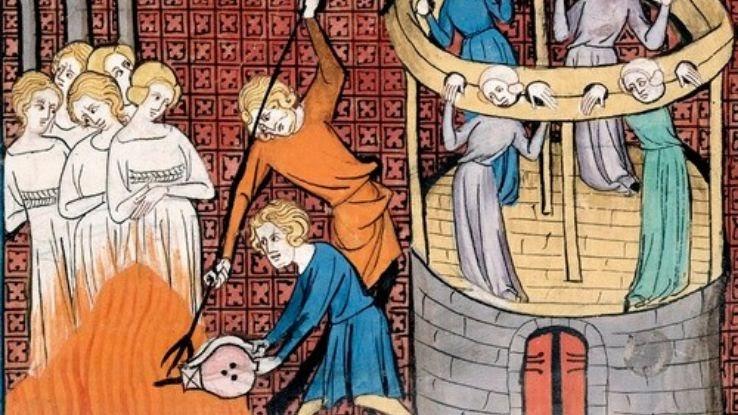
Public beheadings rarely occurred, despite what is often suggested by movies and TV shows. Executions were reserved for the worst crimes and were usually carried out by hanging. Even repeat offenders of small crimes were often usually just banished after their third offense.
Tomatoes Were Believed to Be Poisonous
Rumor has it people were afraid of tomatoes during the Middle Ages, believing they were poisonous. In fact, the tomato does have a strange history of people fearing it. In the late 1700s, many people did believe tomatoes were poisonous because some wealthy Europeans died after eating them.

Of course, it was later revealed that the high lead content from the pewter plates actually led to the poisoning. In the Middle Ages, Europe hadn’t yet imported any tomatoes from South America, so it would have been impossible for people to be afraid of eating them.
People Ate with Their Hands
Eating with your hands was more common in the Middle Ages than it is today, but it wasn’t as common as people think. Contrary to popular belief, people had access to wooden cutlery during this period, and they used it often. Wooden forks and spoons were first used in Italy during the 11th century.
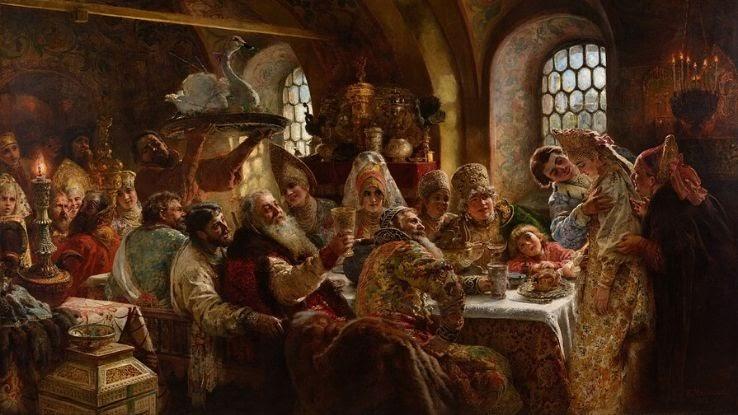
The frequency and types of foods people ate with their hands likely varied by village and even by individual during this period. The idea that medieval feasts were consumed solely by grabbing food and shoveling it in isn’t correct.
Torches Were Used Everywhere
Movies and TV shows depicting the Middle Ages always seem to involve a lot of burning torches. If characters walk down a long hallway, you can bet that hallway will be illuminated with a series of torches. This wouldn’t have been possible, however.

Most torches during this period could only burn for an hour at most before dying out. This made them very ill-suited for illuminating rooms and hallways for extended periods of time. People typically used candles to light their way in the dark, and torches were not as common.
Peasants Were a Single Class of People
When you think of the various social classes during the Middle Ages, you probably think of peasants as a single class of people ranking lower than nobility or military. Depending on the region and village, however, there was a great degree of variability in class among the peasants. A hierarchy existed that ranked some peasants above others.
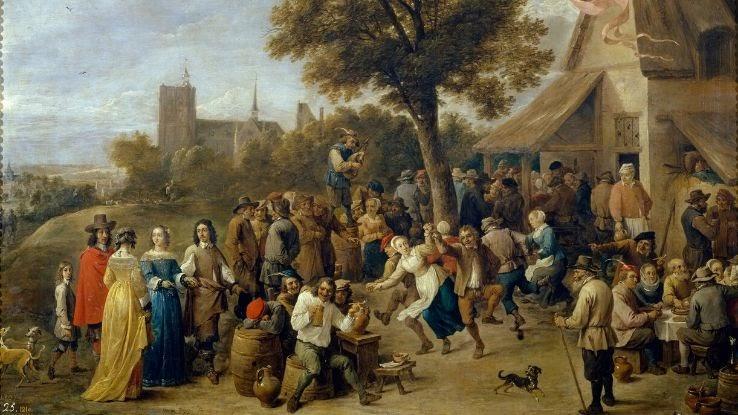
During this period, the idea that all people were equal wasn’t a commonly held belief. Just as nobles were considered better than peasants, some peasants were considered more important than other peasants.
Everyone Was Religious
While it’s true that the church and Christianity were major authorities during the Middle Ages, it’s not accurate to say that all people during this period were religious. In fact, some of the earliest expressed beliefs of atheism were made during the Middle Ages.
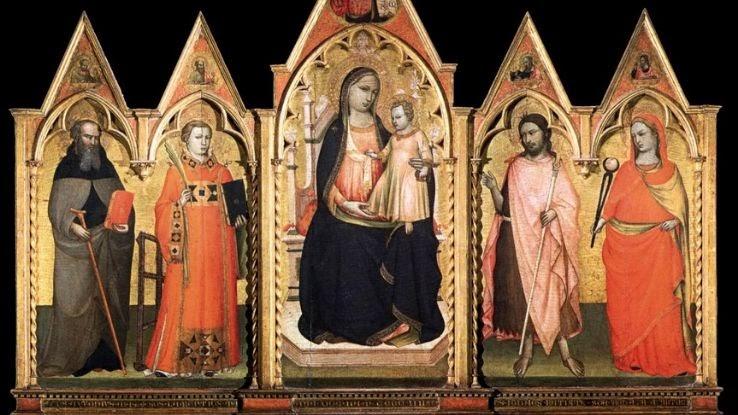
There are records of large numbers of tradesmen, merchants and even members of noble households who were accused of making statements against the church and in contrast to the teachings of Christianity. Many people during this time expressed doubts about the church’s teachings and even the nature of the church itself.






